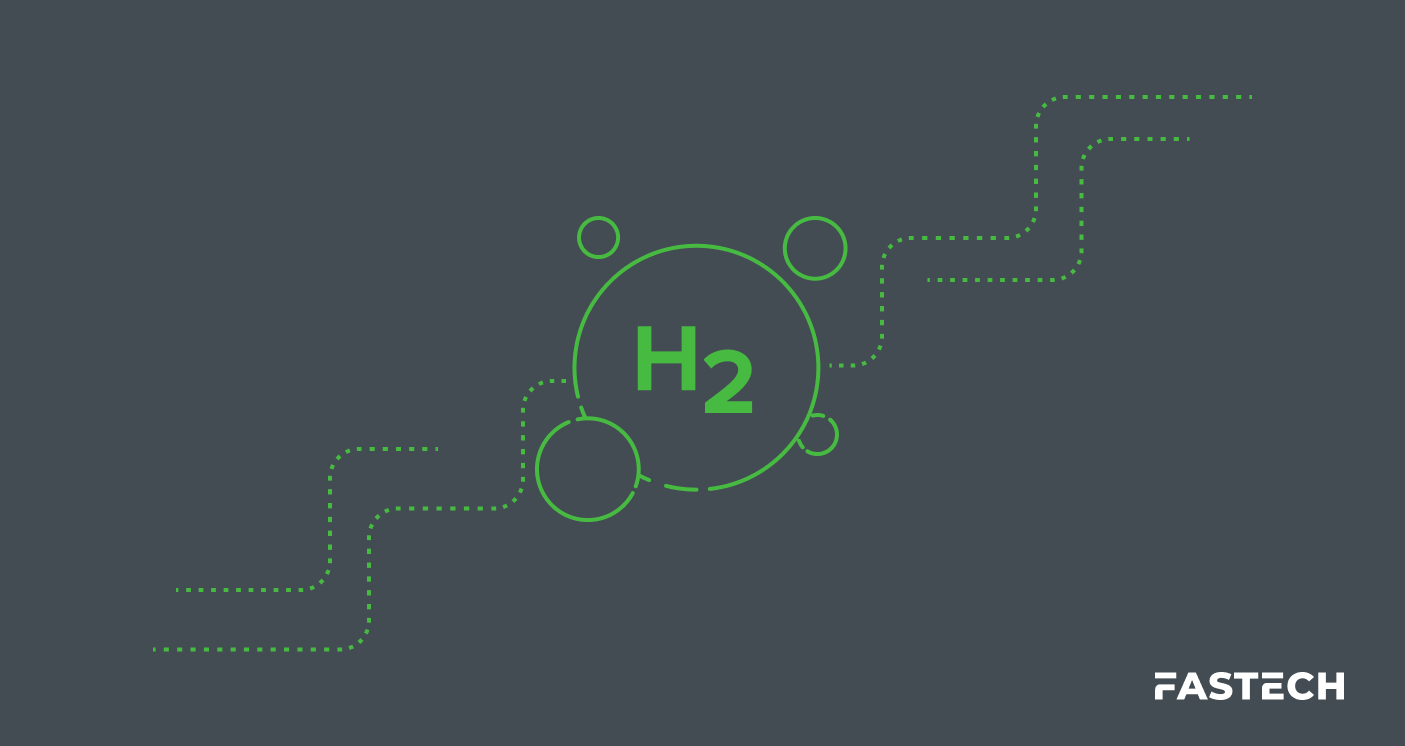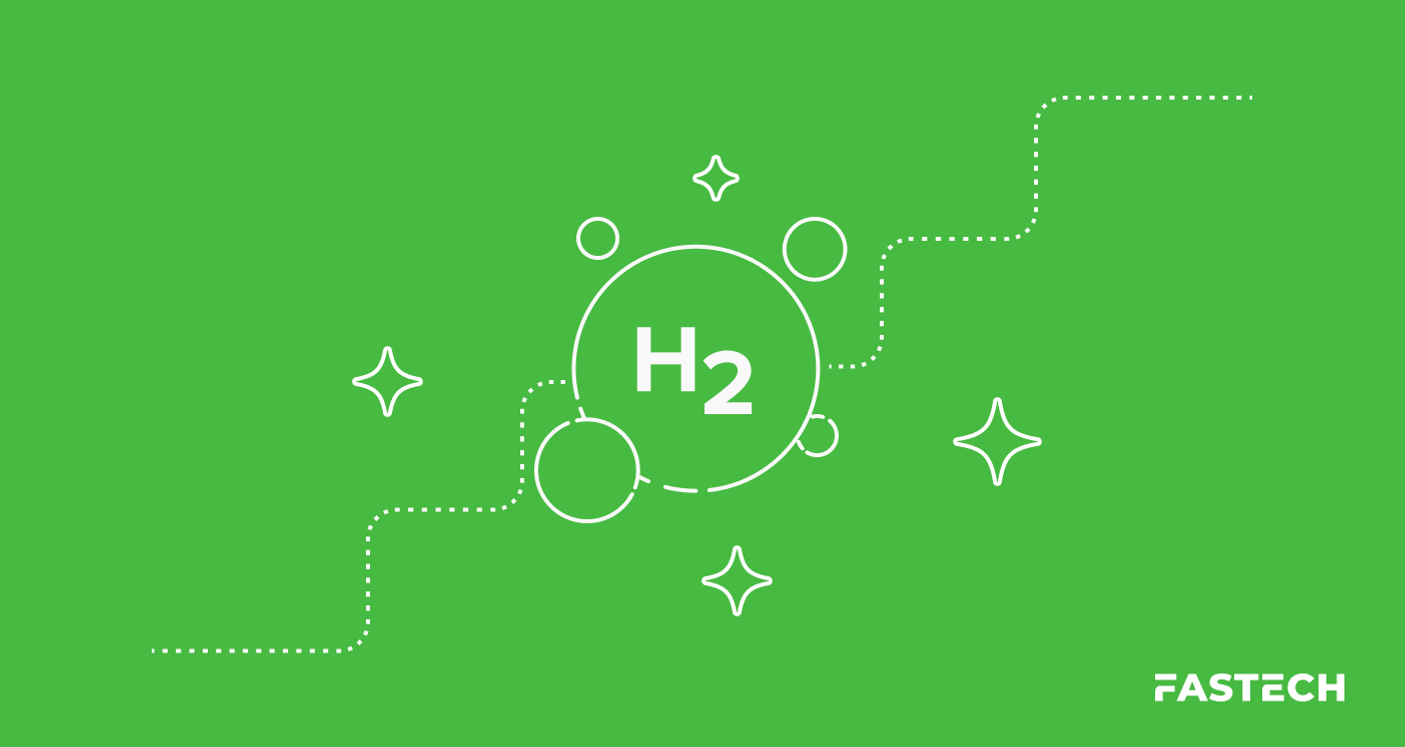Debunking 8 Hydrogen Myths You Might Have Heard

Hydrogen (H2) as a clean energy carrier is on the rise, gaining popularity in countries around the world.
From fuel cell electric vehicles (FCEVs) driving cleaner travel to waste-to-power landfill systems converting methane emissions into hydrogen fuel, engineers have found countless applications for the universe’s most abundant element.
However, old myths continue to tarnish hydrogen’s reputation as a clean energy source, impeding its progress toward widespread adoption.
The eight hydrogen facts below help set the record straight so developers can make better-informed decisions.
1. Hydrogen Is Safe and Stable When Handled Correctly
Due to its flammability, hydrogen has received an unfair reputation for being dangerous.
Some still point to the tragic Hindenburg disaster in 1937 as evidence of hydrogen’s unsuitability for fuel, ignoring the design flaws, equipment failures, and weather conditions that led to the airship’s demise.
However, energy experts widely consider hydrogen a safer alternative to conventional fossil fuels for several reasons:
- Gaseous hydrogen is incredibly light, diffusing into the atmosphere four times faster than natural gas and 12 times faster than gasoline fumes.
- That means if a hydrogen leak occurs, it will quickly disperse up and away from the source, reducing the likelihood of combustion.
- Hydrogen is non-toxic, reducing human and environmental risks in cases of leaks or spills.
- Most fossil fuels are toxic or contain toxic compounds, posing serious risks during normal use and instances of misuse.
- Hydrogen requires a much higher percentage of oxygen for an explosion to occur than gasoline, meaning a much lower risk of catastrophic damage.
2. Hydrogen Infrastructure and Transportation Are Reaching Cost Parity With Fossil Fuels
As an emerging industry, the prices of clean hydrogen equipment, vehicles, and infrastructure have typically been higher than those of conventional fuels. However, this cost gap is closing fast.
Though still considered an “emerging” alternative fuel source, technological advancements are driving down hydrogen’s cost of entry.
In fact, refined hydrogen can be injected into existing pipelines to replace or supplement conventional natural gas. This process is highly efficient, taking less than one percent of the energy hydrogen carries to transport it thousands of miles.
Hydrogen tech is seeing broad improvements—including in production, efficiency, transport, storage, and retrofitting opportunities. Each advancement improves the financial feasibility of transitioning while empowering managers and operators with more options.
As the hydrogen economy continues to grow and more competitors enter the market, experts expect costs will keep declining over time.
3. Hydrogen Vehicles Refuel Quickly
Like traditional internal combustion engine (ICE) vehicles, FCEVs are easily refueled with simple “nozzle-to-car” equipment.
A pressurized H2 storage tank delivers the fuel via compressor pumps, and the vehicle can return to the road in minutes. For drivers, the experience is much the same as a conventional fuel station.
Refuel times for FCEVs are on par with those for comparably sized fossil fuel vehicles. Fast fill-ups are key for convenience but even more so for fleet and operation managers working under tight schedule constraints.
Efficient refueling puts hydrogen-powered vehicles in a position to serve sectors that battery electric vehicles (BEVs) cannot. Though EV charging technology has come a long way, even the fastest chargers take 20 minutes to an hour for an 80 percent top-off.
A passenger-sized FCEV can fully refill in 3–5 minutes.
4. Hydrogen Vehicles Have Long-Distance Range
FCEVs address a significant issue in battery-only electrification: mileage.
While all-electric cars lag behind the competition in range, FCEVs typically reach more than 300 miles per tank.
However, this average may understate hydrogen’s potential. Prototypes like the Class 7 heavy-duty fuel cell truck—H2Rescue—set the bar much higher, having traveled over 1,800 miles on a single fill.
Hydrogen’s long-haul capabilities expand its utility for both personal and commercial uses.
5. Large-Scale Hydrogen Adoption Is Already In Motion
The cost of building hydrogen infrastructure and fuel cell vehicles has dropped dramatically in recent years, spurring new developments in the U.S. and abroad.
Recent projects of note include:
- Significant expansion of America’s hydrogen hub network
- California’s $1.4B plan to spread EV and hydrogen infrastructure across the state
- The European Union’s announcement of H2 infrastructure developments across member countries
Green hydrogen—a zero-emission fuel—is particularly growing in its share of the energy industry’s attention due to more affordable production and transportation technologies.
Government programs, such as the Energy Earthshots Initiative, strive to further reduce the cost of hydrogen production to accelerate green hydrogen developments.
In short, hydrogen has long outgrown its public perception as an experimental or hypothetical energy source.
6. Hydrogen Is Highly Energy-Efficient
Fuel cell electric vehicles are much more energy-efficient than internal combustion engines. For example, FCEVs have been measured to consume up to 66 percent less energy while emitting as much as 80 percent fewer greenhouse gases.
Notably, there is still room for improvement, especially in heat waste and the hydrogen-to-electricity conversion that occurs within fuel cells. Though, as a relatively nascent industry, further innovations are expected with more research. ICE technology, on the other hand, is thought to have already reached its peak performance and plateaued.
EVs still have a competitive edge in energy conversion efficiency, but they’re not always feasible solutions due to cold sensitivity, limited range, and long recharge times.
As such, hydrogen offers the most efficient alternative to fossil fuels without compromising on performance, distance, or power.
7. Hydrogen Helps the Environment
Approximately half the population in the United States resides in areas with high levels of air pollution, which negatively impacts public health and the environment.
Carbon emissions produced from fossil fuels are a leading contributor to such pollutants.
Conversely, fuel cells only produce water, heat, and electricity—no harmful or toxic emissions. Even combusted hydrogen burns significantly cleaner than fossil fuels, a huge plus given the advent of H2 ICE vehicles.
Hydrogen produced using electricity from renewable sources—like wind or solar—offers even greater environmental benefits, including a carbon-neutral lifecycle.
Carbon capture and storage (CCS) technology also plays a vital role in keeping hydrogen production clean, even when produced using high-emission methods like steam methane reforming (SMR).
8. FCEVs Outperform BEVs in Most Measures
While electric cars are a great option for everyday personal travel, many heavy-duty industries cannot be fully electrified. Electric batteries are large, heavy, and subject to self-discharge (the gradual loss of stored energy over time).
For example, airplanes, cargo ships, and off-road machinery must carry enough energy to fuel them for long durations without access to refueling stations. Electric batteries alone just don’t fit the bill.
By comparison, hydrogen storage is lightweight, compact, and energy-dense, allowing large vehicles to carry substantial fuel reserves without compromising their performance or range.
FASTECH: Experts in Hydrogen Infrastructure
Hydrogen is expected to reach nearly a quarter of global energy consumption by 2050, thanks to its versatility in production, transportation, and use. As demand for clean energy grows, hydrogen infrastructure must expand to meet the needs of a renewable future.
As the leading developer of hydrogen infrastructure, FASTECH has unmatched experience building more hydrogen fueling solutions.
Our end-to-end services include consulting, construction, maintenance, testing, and compliance to ensure your project performs at its best.
To learn more about how our team of experts can help you plan your next hydrogen infrastructure project, contact us today.




